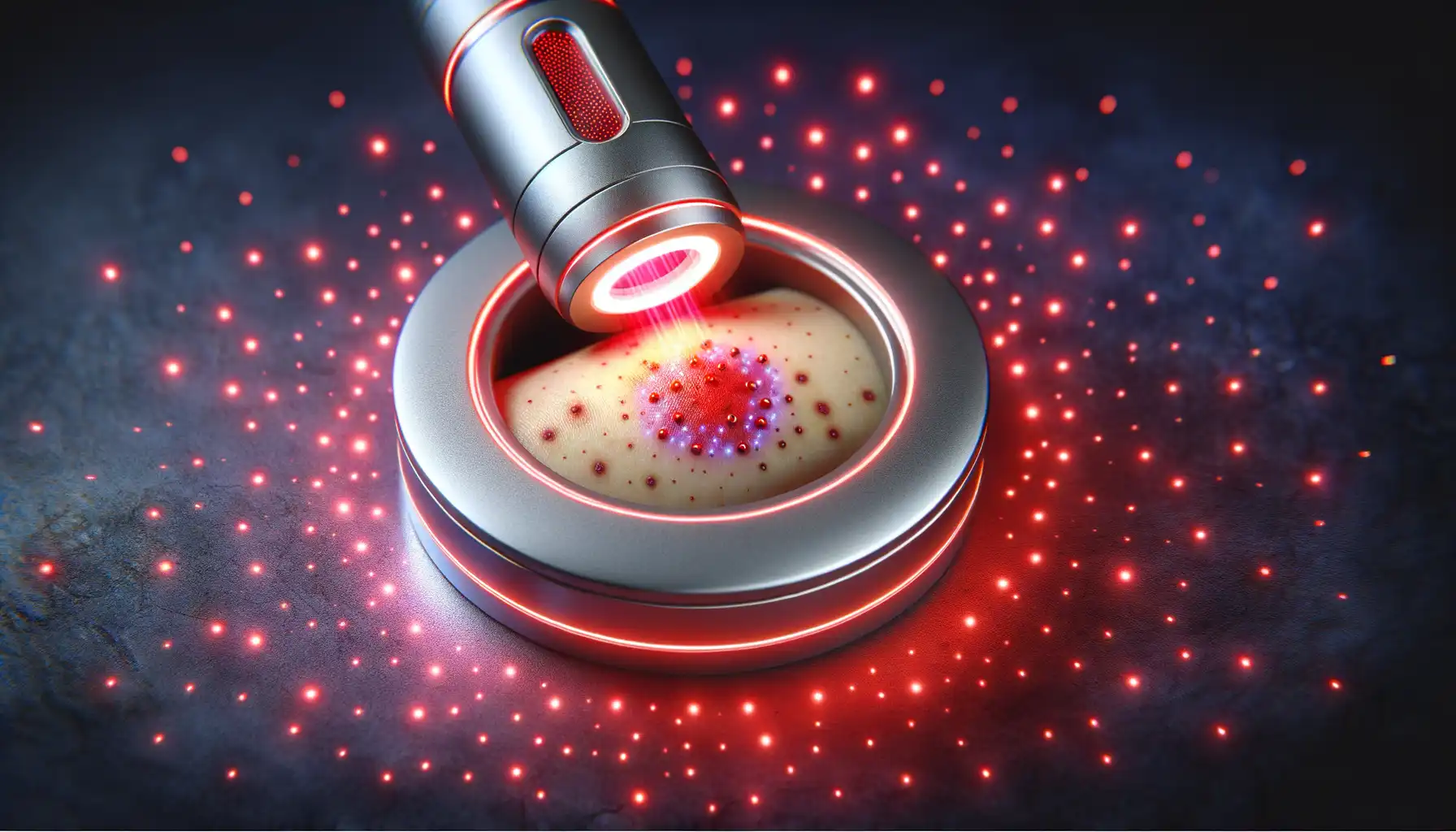It sounds almost too good to be true, right? Just relax and let the heat do the work. While it's not a magic bullet, emerging science suggests that the deep, gentle heat from an infrared sauna might offer some surprising benefits for our body's primary filter.
In this guide, we'll break down the science in a simple, friendly way. We'll explore what your liver does, how infrared saunas work, and the specific ways they may help improve liver function. We'll also cover who might benefit, who should be cautious, and how to get started safely. Let's dive in.
Your Liver: The Body's Unsung Hero
Before we get into the heat, let's give the liver a round of applause. Think of it as your body’s master processing plant. It works 24/7 to:
Filter your blood: It removes toxins, medications, and byproducts from your blood.
Metabolize nutrients: It processes fats, proteins, and carbs from your food into energy and essential building blocks.
Produce bile: This is crucial for digesting fats and absorbing vitamins.
Store energy: It stores glucose as glycogen, releasing it when you need a quick energy boost.
Regulate hormones: It helps balance hormones throughout your body.
When your liver is happy, your whole body functions better. When it’s overwhelmed, you can feel sluggish and unwell. That’s why supporting its natural detoxification pathways is so important.
How Do Infrared Saunas Work?
Unlike a traditional sauna that heats the air around you, an infrared sauna uses light to create heat directly in your body. This allows for a more intense sweat at a lower, more comfortable temperature.
There are three main types of infrared wavelengths, and many saunas use a combination of them:
Near-Infrared (NIR): The shortest wavelength, it penetrates just below the skin’s surface and is often associated with skin health and cell recovery.
Mid-Infrared (MIR): This wavelength goes a bit deeper, potentially helping with circulation and muscle soreness.
Far-Infrared (FIR): This is the longest wavelength, penetrating deepest into the body. It’s known for raising your core body temperature, which leads to a deep, detoxifying sweat.
It's this deep heating from far-infrared that generates most of the buzz around infrared sauna therapy for liver health.
5 Ways Infrared Saunas May Support Your Liver
So, how does sitting in a warm box connect to liver function? The benefits are mostly indirect but interconnected. Infrared heat creates a chain reaction of positive effects that can reduce the overall burden on your liver.
1. Boosting Circulation
When far-infrared heat raises your core body temperature, your blood vessels expand. This process, called vasodilation, improves blood flow throughout your body. Better circulation means more oxygen and nutrient-rich blood gets delivered to your liver, helping it perform its duties more efficiently. Think of it like upgrading from a country road to a superhighway for nutrient delivery and waste removal.
2. The Power of Sweating
Sweating is one of your body's primary detoxification pathways. While your liver and kidneys do the heavy lifting, your skin is a major player. Research shows that certain heavy metals and chemicals like BPA can be excreted through sweat.
By inducing a deep sweat, an infrared sauna session may help flush out some of these compounds, lessening the processing load on your liver. It’s not a replacement for your liver's hard work, but it can be a helpful supporting act.
3. Reducing Stress and Cortisol
Chronic stress is tough on your entire body, including your liver. When you're stressed, your body pumps out cortisol. Consistently high cortisol levels can contribute to inflammation and have been linked to conditions like non-alcoholic fatty liver disease (NAFLD).
The gentle, enveloping heat of an infrared sauna is deeply relaxing. It helps shift your nervous system from a "fight-or-flight" state to a "rest-and-digest" state. This can help lower cortisol levels, reducing stress-related strain on your liver.
4. Supporting a Healthy Inflammatory Response
Chronic inflammation is a root cause of many health issues, and the liver is no exception. While some direct research is still needed, studies on thermotherapy (heat therapy) suggest it can help manage inflammation.
Heat exposure can stimulate the release of molecules that combat inflammation. By helping to calm systemic inflammation, infrared sauna use may create a healthier environment for your liver to operate in.
5. Activating Heat Shock Proteins (HSPs)
This is where the science gets really interesting. When your body is exposed to heat stress, it produces special proteins called Heat Shock Proteins (HSPs). These proteins help protect cells from damage and stress.
Emerging research suggests that HSPs play a protective role in the liver, helping it resist damage from toxins, oxidative stress, and other insults. Regular sauna use essentially trains your body to produce these helpful proteins, building cellular resilience that benefits your liver over time.
What the Research Says (A Balanced View)
It's important to be clear: direct studies on "infrared saunas for liver disease" are limited. Most of the evidence comes from broader research on thermotherapy, sweating, and circulation.
A review published in Mayo Clinic Proceedings found that regular sauna bathing was associated with a reduced risk for several health issues, including cardiovascular and neurocognitive diseases. Many of these benefits are linked to improved circulation and reduced inflammation, which indirectly support liver health.
Another study points to the role of sweating in eliminating certain toxins. While your kidneys and liver are primary, the skin is an undeniable route of excretion. You can explore this further in this scientific journal article on toxicant elimination.
Research on non-alcoholic fatty liver disease (NAFLD) has shown a strong link between NAFLD and insulin resistance. Some studies on heat therapy have suggested it may improve insulin sensitivity, which could be beneficial for metabolic health and, by extension, reduce a key risk factor for NAFLD.
The takeaway? While we can't claim that saunas "cure" liver problems, there is a strong, plausible connection between the physiological effects of infrared heat and a reduced burden on the liver.
Who Might Benefit from Infrared Sauna Therapy?
You don't need a specific health issue to benefit. Infrared sauna therapy can be a great addition for:
General Wellness Seekers: Anyone looking to enhance their body's natural detoxification processes.
Athletes: To aid muscle recovery and improve circulation.
Desk Workers: To counteract a sedentary lifestyle by stimulating blood flow and sweating.
Those Focused on Metabolic Health: People working to improve insulin sensitivity and support a healthy weight.
Who Should Be Cautious or Consult a Doctor?
Infrared saunas are generally safe, but they are not for everyone. Please talk to your doctor before starting if you:
Are pregnant.
Have a cardiovascular condition, especially unstable angina or recent heart attack.
Are taking medications that may be affected by heat or cause dehydration.
Have consumed alcohol. Alcohol and saunas are a dangerous mix.
Have a condition that causes heat sensitivity or an inability to sweat.
Your Practical Guide to Getting Started
Ready to give it a try? Here’s how to do it safely and effectively.
How to Start Your Sauna Sessions
Temperature: Start low, around 110-125°F (43-52°C). You can gradually increase the temperature as you get more comfortable.
Duration: Begin with short sessions of 10-15 minutes. Slowly work your way up to 30-40 minutes.
Hydration: This is non-negotiable. Drink a large glass of water before you go in, and have a bottle with you. A great resource for hydration is the CDC's water and nutrition page.
Electrolytes: When you sweat, you lose minerals like sodium, potassium, and magnesium. Add an electrolyte powder to your water or have a banana and a handful of almonds afterward.
Post-Session Routine: Take a lukewarm or cool shower afterward to rinse off sweat and cool down your body. Rest for 10-15 minutes before jumping into your next activity.
How Often Should You Use It?
Start with 1-2 sessions per week. As your body adapts, you can increase the frequency to 3-4 times per week if it feels good. Listen to your body—consistency is more important than intensity.
Stacking Your Habits for Better Results
An infrared sauna session is powerful, but it's even better when combined with other healthy habits:
Light Movement: Do some gentle stretching or walking before your session to warm up your muscles.
Breathwork: Practice deep, slow breathing inside the sauna to enhance relaxation and lower cortisol.
Nutrition: Focus on a diet rich in fiber (fruits, vegetables, whole grains) and quality protein to support your liver's natural functions.
A Simple 4-Week Starter Protocol
Week 1: Two sessions, 15 minutes each at 120°F. Focus on hydration.
Week 2: Three sessions, 20 minutes each at 125°F. Add electrolytes to your post-sauna routine.
Week 3: Three sessions, 25-30 minutes each at 130°F. Try some deep breathing during your session.
Week 4: Four sessions, 30 minutes each at 130-135°F. Notice how your body feels and adjust as needed.
Final Thoughts: A Warm Approach to Wellness
Infrared sauna therapy isn't a replacement for a healthy lifestyle, but it can be a powerful complement to it. By improving circulation, promoting a deep sweat, and reducing stress, it helps create an internal environment where your liver can thrive.
Think of it as giving your hardest-working organ a helping hand. By taking some of the detoxification and stress load off its plate, you free up your liver to do its thousands of other jobs more effectively. If you’re looking for a relaxing, enjoyable way to support your overall health, infrared sauna therapy for liver health is definitely worth exploring. Just remember to start slow, stay hydrated, and listen to your body.



